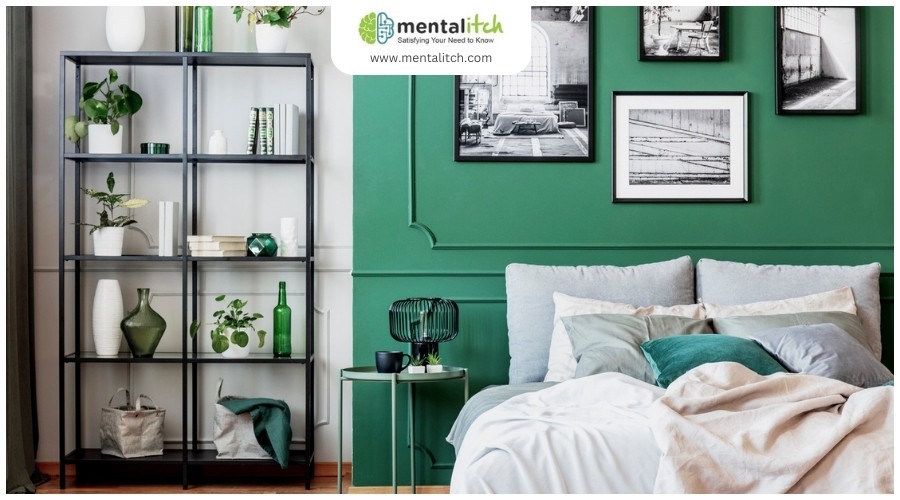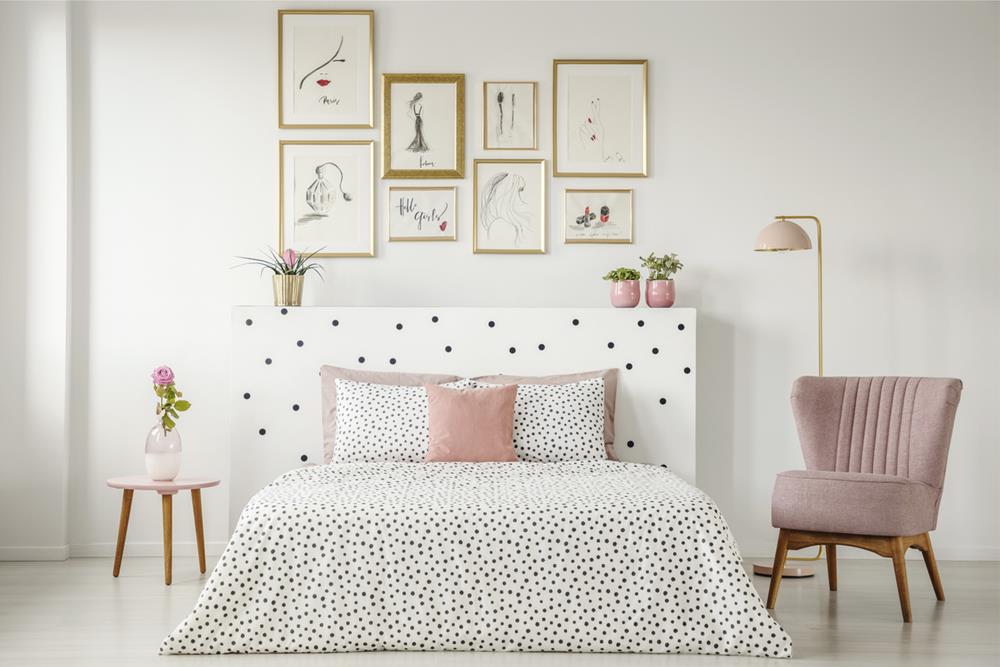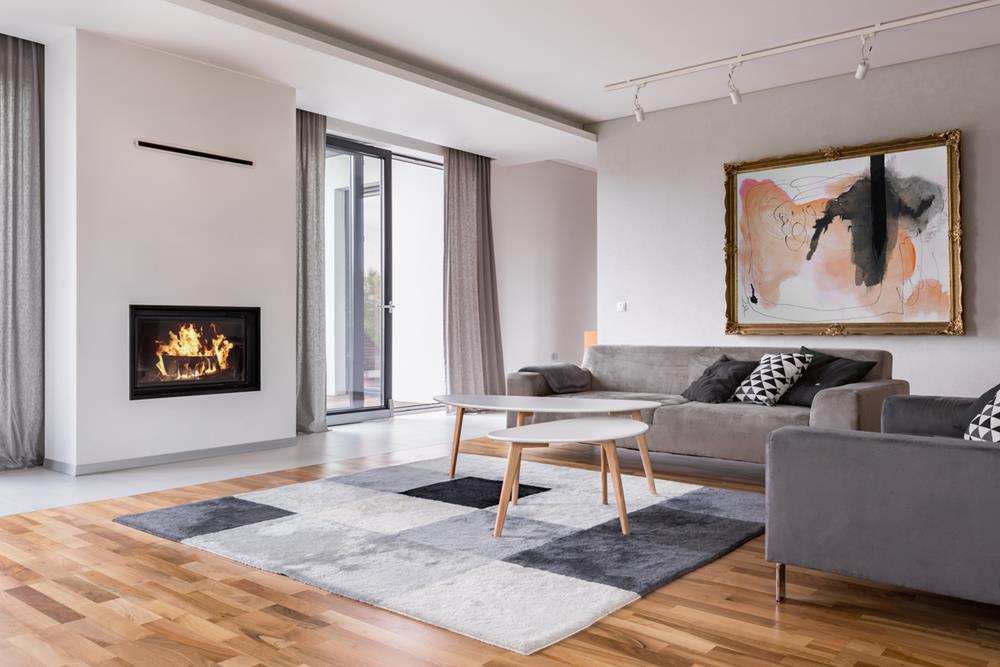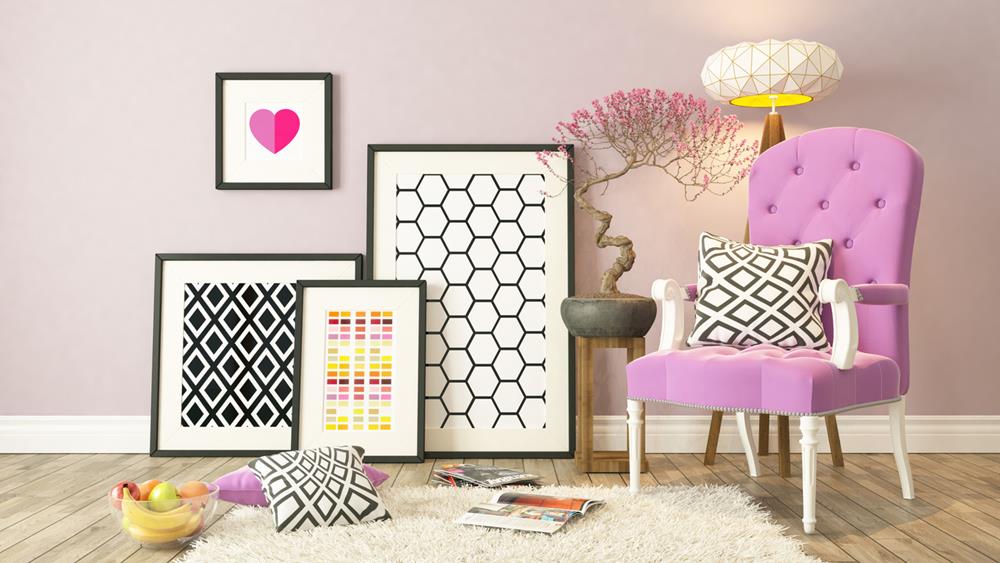Decorating your home with fine art prints is a wonderful way to add beauty and personality to your space. Whether it’s a vibrant splash of color in a modern living room or a serene landscape in a cozy study, art has the power to transform any room. However, knowing how to pick and display these pieces can be a bit tricky. In this article, we’re going to share some top tips for choosing and styling fine art prints in your home.
From finding art that you love to selecting the perfect spot for it and even where to buy unique pieces, we’ll guide you through making your space more beautiful and personal with art. Whether you’re an art newbie or looking to refresh your space, these pointers will help you create a home filled with art that tells your story.
Choose the Right Artwork
Selecting the right artwork for your home is more than just picking pretty pictures; it’s about finding pieces that speak to you on a personal level. The art you choose should reflect your personality, interests, and the mood you want to create in your space. Here’s how you can make sure you’re picking the right pieces:
- Listen to Your Heart: The first rule of choosing art is simple: go with what you love. If a piece catches your eye and you keep thinking about it, it’s a good sign it belongs in your home. Art is personal, and your choices should make you feel happy and inspired every time you look at them.
- Consider Your Decor: While it’s important to choose art that resonates with you personally, consider how it will fit into your existing home decor. Look for artwork that complements the colors, style, and atmosphere of your room. A bold, abstract print might energize a modern, minimalist space, while a serene landscape could add a touch of calm to a busy family room.
- Mix and Match: Don’t be afraid to mix different types of art. Combining various styles, from traditional landscapes to abstract pieces, can add depth and interest to your home. The key is to find a common element, like a consistent color scheme or theme, that ties everything together.
- Tell a Story: Your art collection can narrate your personal journey, interests, or dreams. Think about including pieces that have a story behind them, whether it’s a print from a local artist you admire, a photograph from your travels, or a painting that inspires you. These pieces add character and uniqueness to your home.
Understand Scale and Space
Getting the scale and spacing right is crucial when styling fine art prints in your home. The size of the artwork in relation to where you place it can dramatically affect the look and feel of a room. Here’s how to master the art of scale and space:
- Assess the Area: Before choosing a piece of art, look at the space you have available. A large, empty wall can accommodate a big, bold piece or a collection of smaller prints. Conversely, a small, intimate space might be overwhelmed by something too large but could be perfect for a smaller, more detailed work.
- Balance is Key: The artwork should be in proportion to the furniture and the room size. For example, hanging a small print on a large wall can make the artwork look lost. If you have a large sofa, consider a sizeable piece or a gallery wall above it to create balance.
- Eye Level Works: As a general rule, art should be hung at eye level to ensure it can be easily seen and appreciated. In most cases, this means the center of the artwork should be about 57 inches from the floor, which is the average human eye level. However, this rule can be adjusted in rooms where people usually sit, like dining rooms or living areas.
- Play with Groupings: When you’re dealing with multiple pieces, think about them as a single unit. Arrange them on the floor before hanging them to find a pleasing configuration. Leave enough space between them to avoid a cluttered look—usually, 2 to 3 inches apart is a good rule of thumb.
- Consider the Negative Space: The wall area around your art is just as important as the art itself. Too much clutter can detract from the beauty of your prints, while too much empty space can make them seem isolated. Strive for a balance that allows each piece to breathe while still creating a cohesive look.
- Room for Change: Your taste in art may evolve, so consider flexibility in your arrangement. Using shelves for framed art or a picture hanging system can allow you to swap out pieces without constantly drilling new holes in your walls.
Purchase Art from Different Locations
Diversifying the sources from which you acquire art not only enriches your collection but also infuses your home with a variety of narratives and styles. Exploring different venues to find art can be an adventure, revealing unique pieces that resonate with your personal taste and story. Here’s how branching out in your art acquisition can enhance your home:
- Local Art Galleries: Starting locally is a great way to discover artists in your community. Local galleries often showcase a range of emerging and established talent, giving you the opportunity to find unique pieces while supporting your local art scene. Plus, you might get the chance to meet the artists in person, adding a personal connection to your purchase.
- Online Platforms: The internet has made it easier than ever to access art from all over the world. Online galleries, marketplaces, and social media platforms are treasure troves of fine art prints, allowing you to discover new artists and purchase prints directly. Look for sites that offer high-quality, limited-edition prints to ensure you’re getting something special.
- Art Fairs and Markets: Art fairs are fantastic places to explore a wide range of styles and mediums under one roof. They offer a unique opportunity to see a large volume of work, talk to artists, and learn about the latest trends in the art world. Plus, art markets often feature more affordable pieces, making them great for finding deals on original art.
- Travel Finds: Art can be a wonderful souvenir from your travels, carrying memories of the places you’ve visited. Look for local artists and craft markets when you travel. Not only will you bring home a piece of your journey, but you’ll also own a story that adds depth and character to your home.
- Antique Stores and Estate Sales: For those who love vintage or historical pieces, antique stores and estate sales can be gold mines. You might find rare prints, old masterworks, or forgotten pieces by lesser-known artists. These places require some patience and a good eye, but discovering a hidden gem can be incredibly rewarding.
Invest in Frames
Investing in the right frames for your fine art prints is about more than just aesthetics; it’s about protection, presentation, and enhancing the overall look of the artwork. Frames are the finishing touch that can elevate a print from simply being a piece of paper to becoming an integral part of your home’s decor. Here’s why investing in quality framing is worth it:
- Protection: The primary function of a frame, along with its glass or acrylic cover, is to protect the art from external damage. This includes protection from dust, moisture, and harmful UV rays that can fade colors over time. High-quality framing materials can significantly extend the life of your art prints, keeping them vibrant and intact for years to come.
- Enhancement: A well-chosen frame can complement a piece of art, highlighting its best features and ensuring that it catches the eye. Frames come in various styles, materials, and finishes, allowing you to choose one that enhances the artwork’s colors and style without overpowering it. The right frame acts as a transition from the art to your home’s decor, seamlessly integrating the two.
- Cohesion: When you’re styling multiple pieces of art in a room, frames can help create a cohesive look. Even if the artworks are different in style or subject, similar framing can tie them together, making your collection look thoughtfully curated. This doesn’t mean all frames have to be identical, but finding a unifying element, such as color, material, or style, can help unify the space.
- Versatility: Frames allow you to adapt the artwork to fit your space better. A bold, contemporary frame can give a traditional print a modern twist, while a vintage-style frame can add character to a new print. Additionally, frames make it easy to swap art in and out, letting you update your decor without having to commit to a single piece forever.
- Custom vs. Ready-Made: While custom framing offers the advantage of tailored sizes and a wider range of options, it can be pricey. Ready-made frames are a more budget-friendly alternative and come in standard sizes that fit many prints. For a unique touch, look for vintage frames at thrift stores or flea markets, which can add character at a fraction of the cost.
Conclusion
Styling your home with fine art prints is a creative journey that adds personal flair and beauty to your space. From choosing artwork that speaks to you, understanding the importance of scale and space, sourcing art from diverse locations, to investing in quality frames, each step is an opportunity to express yourself. Remember, the most important aspect is to have fun and let your personal taste shine through. Your home is your canvas, and with these tips, you’re well on your way to creating a space that is uniquely yours and filled with art that tells your story.
Additional Notes
- While there is certainly a method of choosing and hanging premium wall art, the best advice is to simply follow your instincts when it comes to styling fine art prints in your home.
- Consider creating a blend of both contemporary and vintage prints, incorporating art from your local community alongside pieces collected during your travels, such as travel destination prints.
- American artist Shea Winter Roggio is the CEO of Winter Museo. Shea is a documentary and fine art photographer from Philadelphia, Pennsylvania, a University of the Arts graduate, and an Eddie Adams Workshop and Center for Emerging Visual Artists alumni. Shea aims to reinvent the gallery shop.





